Visit Garryowen!
Tuesday, June 9, 2009
A few minor reflections
LAUREN: So, I've been thinking about what makes this place unique and I think I've finally come to a conclusion. This location is special, not just because it's the site where the Indians won their last true battle against the U.S. military, but because every permanent reminder of the battle is essentially a retrospective fabrication of an event. Unlike most indigenous peoples, the Indians didn't build any great monuments in order to preserve the memory of their lifestyle. What does that say about a culture, when they don't feel the need to etch their mark on the earth, carving memory out of the clay? We have this image of Indians as people who are so tied to the earth, but isn't it odd that this strong connection doesn't manifest itself in the landscape? In fact, the Cavalry men who died here left more of a mark than the Native Americans. There are strings of white stone markers peppering the landscape, some in straggling clumps and some in almost perfectly straight lines, like wet fingers dragging across suede, they leave imperfect marks to remind us where human brevity met eternal soil. Maybe it's a sign of respect to leave the land the way you found it - maybe that tie which binds the Indians to the earth is so strong that to carve anything into it would be like cutting into one's own flesh. When people ask "where's the battlefield," it's especially frustrating because it feels as if people are expecting some awe-inspiring monument that can be seen from the highway - like a Vegas strip and not a sprawling Montana landscape. Would people really appreciate it if there were a blaring neon arrow sign above last stand hill saying "CUSTER KILLED HERE"? I'm coming to realize that there's a particular kind of visitor to the museum that I enjoy: they are the quiet ones, the ones who don't feel the need to talk on their phone or take tons of pictures (which are prohibited, by the way), rush through the aisles, or ask that ever-aggravating question: "is this it?" The people I love are the ones who show the respect history deserves, who take their time looking in each case, reading each description, and absorbing everything, because it's not just information behind that glass - it's lives, it's dying breaths, it's passions, it's painstaking, skilled work. It's easy to get dramatic when you're here all the time, seeing the ebb and flow of traffic and tourists, but working in a museum is making me realize that the most dramatic moments are often observed in silence, in reflection and awakening. -L
Subscribe to:
Post Comments (Atom)
Follow the road to glory....

The View From the Outside Looking In

All the Pretty Horses

The First Visit to LBH NM

Battle Recreation Table
Ghost Dance Shirt
LBH Miniatures
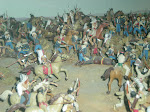
a close-up of the battle recreation
Custer's Cravat
Somebody loves the cravat
Lewis and Clark

A bear, a 400-year-old canoe and a ram head, with one thing in common
Justin and his gun
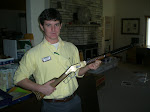
he is waaaay too excited about holding this gun


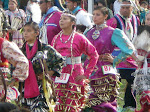
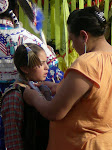
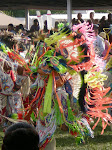



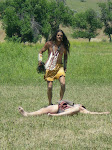

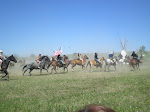
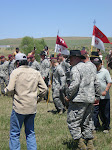

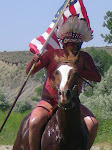

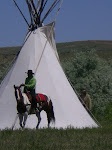

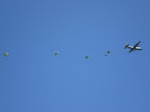
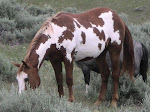

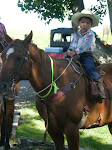



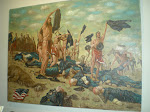
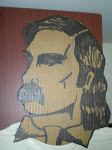









No comments:
Post a Comment